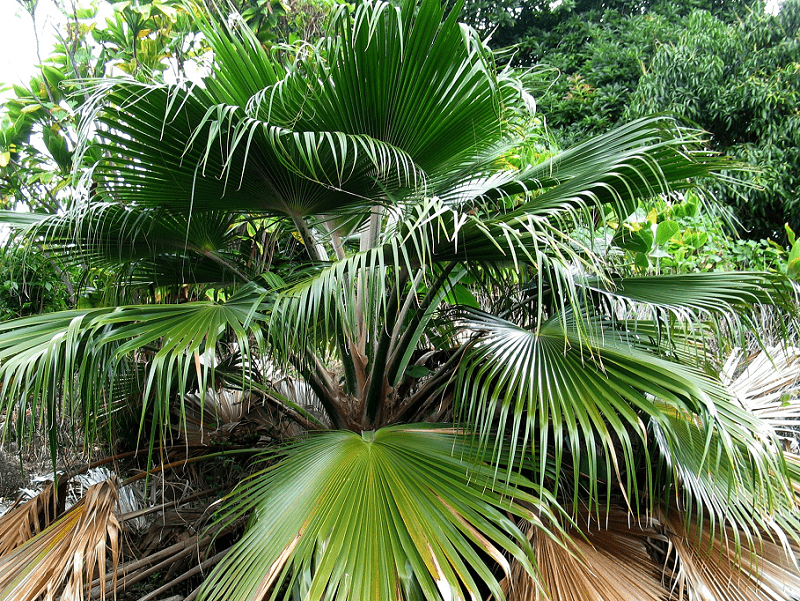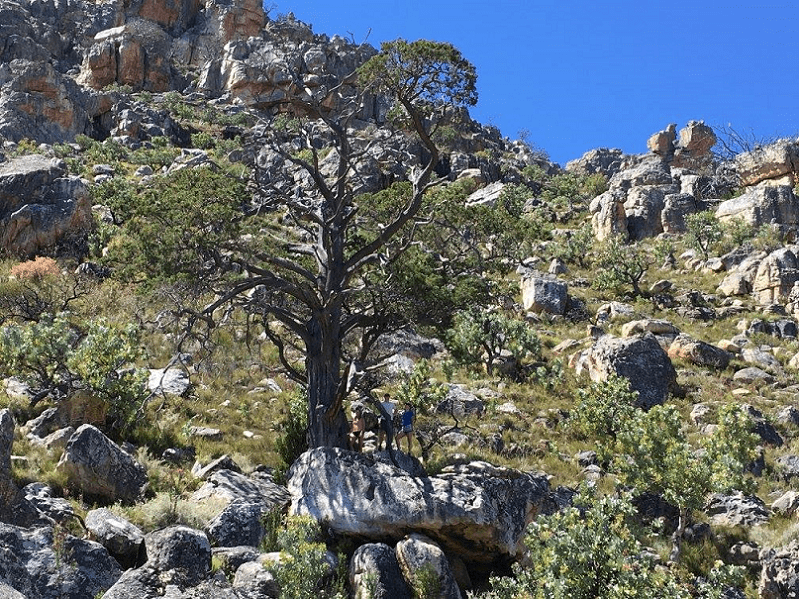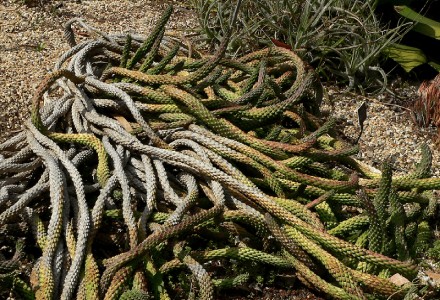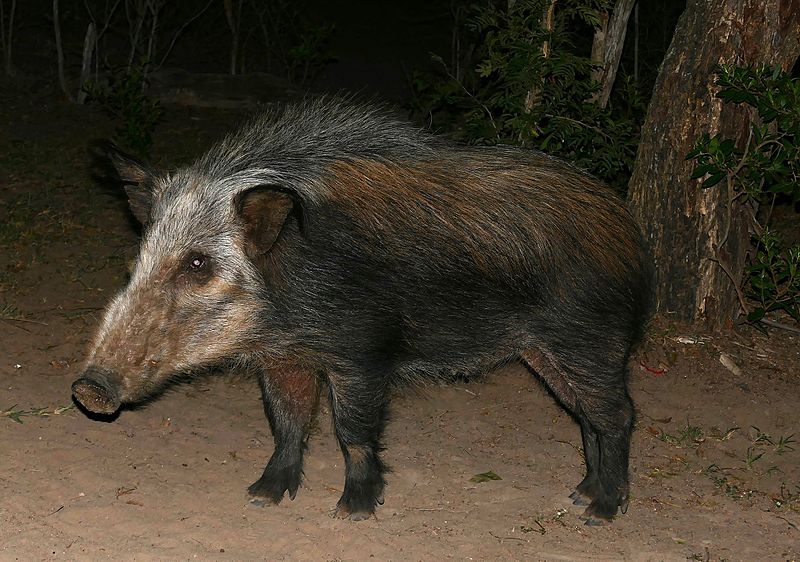Clanwilliam Cedar Facts
- The somewhat unique term of the Clanwilliam Cedar serves as one of the most often used common names for a remarkable species of tree. The truly marvelous variety of flora also goes by the alternate common name of the Clanwilliam cypress.
- The scientific name for it, meanwhile, remains that of the nearly unpronounceable Widdringtonia wallichii. Whichever term an individual chooses to employ to speak of it, though, several facts about this tree distinguish it from other species.
- Among these is the somewhat surprising fact that it ranks as an extremely long-lived plant, since some specimens measure more than 1,000 years of age. Unfortunately, however, another distinguishing fact about the tree remains the fact that it’s quite rare.
- In fact, researchers know of only five small groupings of the intriguing plant in existence. Since its numbers remain so few, the IUCN understandably lists the marvelous work of Nature as Critically Endangered on its Red List of Threatened Species.
- For the moment, its most immediate threat appears to be that of ongoing habitat loss. Nonetheless, the Clanwilliam Cedar must also be considered to facing the same threat as species around the world. That consists of the effects of climate change.
Related Articles




Clanwilliam Cedar Physical Description
Although the fabulous Clanwilliam Cedar never fails to impress those who encounter it, the plant does not do so based on sheer physical size. Regardless of individual heights attained, though, the species represents an extremely slow-growing variety.
The great majority of known individual specimens eventually attain a height of roughly 16.4 – 23 ft (5 – 7 m). Exceptional specimens, although quite rare, do exist, with the tallest known individual attaining an impressive height equaling about 64 ft (20 m).
The trunk of this Pinophyta varies in diameter, yet remains relatively thin in relation to its height. The bark itself develops as thin, fibrous, and often flaking, with a remarkable reddish-gray color. These qualities become progressively more enhanced as the tree ages.
The other components of the amazing Clanwilliam Cedar also merit attention. Its leaves actually appear more like needles, averaging less than 0.16 in (4 mm) in length, and display a decidedly scaly nature to them, more so as they age, much like the bark.
- Kingdom: Plantae
- Phylum: Pinophyta
- Class: Pinopsida
- Order: Pinales
- Family: Cupressaceae
- Genus: Widdringtonia
- Species: W. wallichii
Clanwilliam Cedar Distribution, Habitat, and Ecology
Most unfortunately, the incredible Clanwilliam Cedar only inhabits an extremely limited region of the world. That range, to be more precise, consists of very specific portion of the southwestern section of the country of South Africa, in Africa.
Even within that already severely limited area, however, this true wonder of natural evolution only grows in certain regions. In point of fact, the entirety of its known geographical distribution consists of very small portions of the Cederberg Mountains.
Researchers have uncovered evidence that suggests that the impressive tree once existed as far more prevalent across its region that it does today. Now, though, the tree lives only in incredibly rugged terrain, mainly consisting of growing on rocky ridges or outcroppings.
The stunning Clanwilliam Cedar also shares its habitat with small bush vegetation, which renders it especially vulnerable to wildfires. Surprisingly, though, this same region of habitation also sits at altitudes measuring up to 4,300 ft (1,300 m) above sea level.
Species Sharing Its Range



Check out our other articles on Earth’s Extremely Threatened Flowers, Guinan cock-of-the-rock, Helmcken Falls, Green Orchid Bee, Australian Sea Lion, Thresher Shark, Flatback Sea Turtle









Leave a Reply